Question Of The Day : What If You Could Resurrect A Dying Or Dead Brand?
I made my first small fortune in this business selling old Volvos.
I started way back in the mid-2000‘s when I got downright militant about outbidding anyone on an older rear-wheel drive Volvo. In one year, 2007 to be exact, I managed to buy at least one Volvo every year from 1983 all the way to 2004.
I loved the Volvo brand as their rear wheel drive cars represented the perfect mix of comfort, safety and functionality. The discontinued 240, 740 and 940 were insanely easy to sell and cheap to buy; especially the wagons.
These Volvos usually had a history of conservative owners who took their cars to the dealership or Volvo specialized shops for service. Repairs were easy and reasonable thanks to long model runs and parts that were as common as kudzu at any Georgia junkyard.
The used car side of the Volvo brand represented a big fat target where young families, hipsters, Camry-oriented shoppers, and the still common Brick enthusiast could all find a Volvo worth keeping. I followed that tune of demand and soon became a daily reader at Brickboard, Swedespeed, and several other well known sites for Volvo aficionados. I was hooked.
Then I became unhooked.
The seeds of Volvo’s destruction started out as an opportunity for me. Owners began to trade in Volvo S70’s and V70’s from 99′ upwards due to a malfunctioning electronic throttle module. At the sales I would see these vehicles being sold AS/IS, buy them ridiculously cheap, and then take them to the Volvo dealer to get their software upgrade. Eventually Volvo did the right thing by extending the coverage to 10 years and 200,000 miles. However, as Volvos began to develop other issues such as lifetime fluids that weren’t so, and parts failures that were as cheaply made as they were expensive to fix at the dealerships, the marketability of these vehicles nosedived to the point of near irrelevance.
The Volvo S40 was a world-class blunder. The Volvo S60 and S80 were left to rot on the vine of Ford’s neglect along with the V70 and C70. The Volvo XC90 may have represented the brand’s only solid hit for the entire decade as the MBA marketeers at the Premier Automotive Group decided to make Volvo into a downright ridiculous alternative to BMW.
Volvo wasn’t alone in the quixotic pursuit for a more ‘upscale’ brand identity. Oldsmobile was positioned as an import fighter. Mercury tried to become a premium brand as well, and marketed heavily towards women, while Lincoln redefined American luxury in a way that no one outside of Dearborn could quite understand.
The list of failed brands stretches long since the Y2K era. Plymouth. Isuzu. Saturn. Hummer. As proof of their deadness in the retail marketplace, most independent dealerships that specialize in financing won’t even buy these brands… along with Volvo, Mercury and Lincoln.
You can’t sell a dead brand, unless you were maybe a successful overseas manufacturer trying to crack the American market. Or maybe the CEO of Ford or GM. Let’s assume that the perfect world exists. A place where you could choose your brand and launch your products without worrying about money. Consider yourself old GM, a newbie at Tesla, whatever you like.
What brand would you choose to resurrect?
More by Steven Lang
Latest Car Reviews
Read moreLatest Product Reviews
Read moreRecent Comments
- ToolGuy Michelin's price increases mean that my relationship with them as a customer is not sustainable. 🙁
- Kwik_Shift_Pro4X I wonder if Fiat would pull off old world Italian charm full of well intentioned stereotypes.
- Chelsea I actually used to work for this guy
- SaulTigh Saw my first Cybertruck last weekend. Looked like a kit car...not an even panel to be seen.
- GregLocock Bear in mind this is purely a branding exercise and has no significant input from AM. Buying one of these is like buying a Pink Floyd T shirt, no Dave and Nick didn't personally sew it up for you.



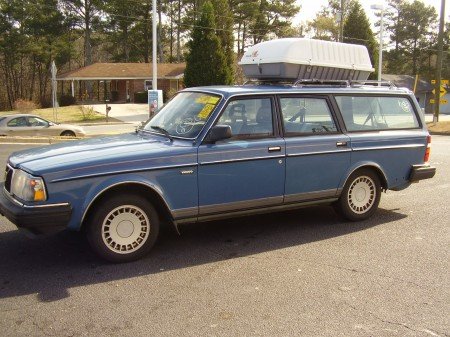













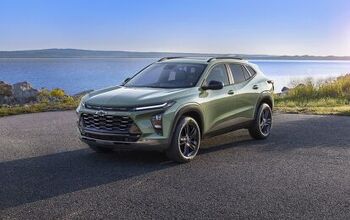


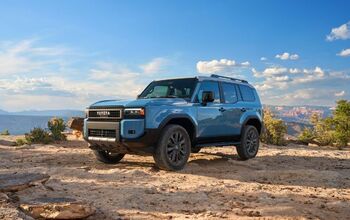
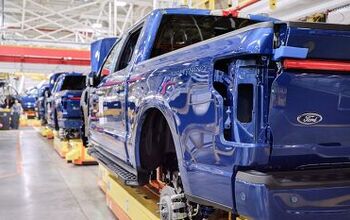

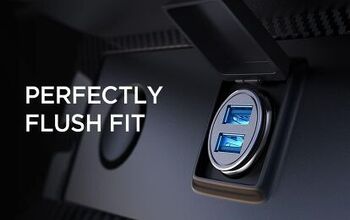

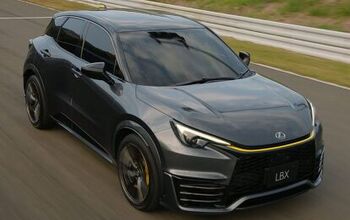

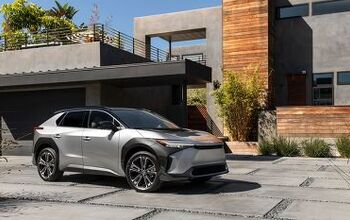

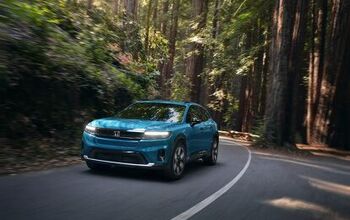
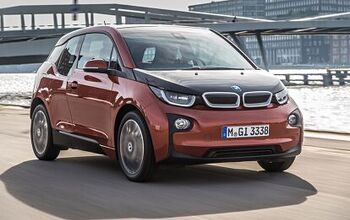
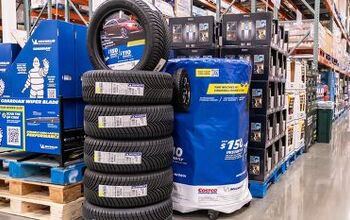
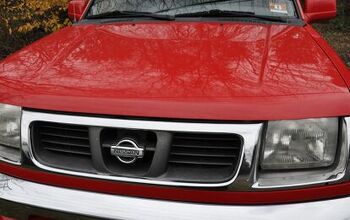
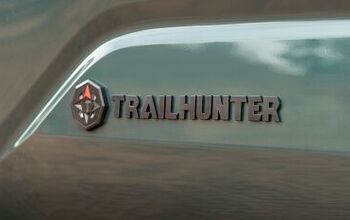
Comments
Join the conversation
International harvestor of course! Also have a well known love for Hummer, so that as well.
Nash, Pontiac, Plymouth, Oldsmobile, Mercury, Mazda truck - vehicles I've owned over the past 60 years that went bye bye and I miss!